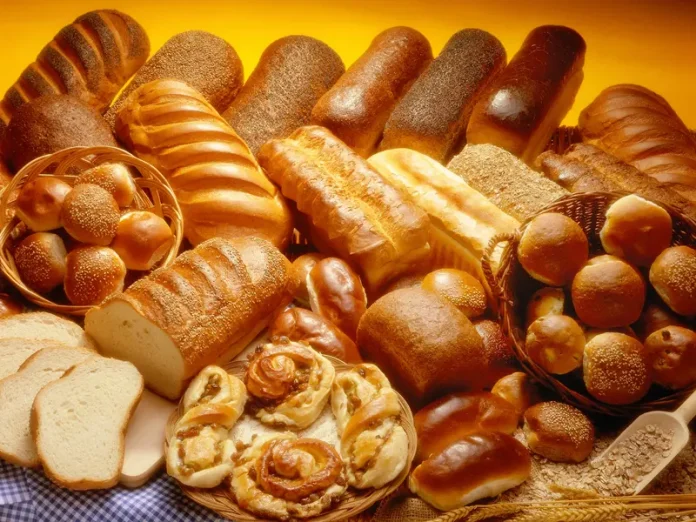Artisan Bread: The Craftsmanship of Baking
Introduction:
In a world of mass-produced, uniform loaves lining the shelves of supermarkets, artisan bread stands out as a testament to the art and skill of traditional baking. Artisan bread is a product of craftsmanship, crafted with high-quality ingredients, time-honoured techniques, and a deep understanding of the baking process. In this blog post, we will delve into the world of artisan bread, exploring its definition, the ingredients commonly used, and some examples of the delicious bread types that grace our tables.
What is Artisan Bread?
Artisan bread, at its core, is a bread that is handcrafted with care and attention, employing traditional methods and natural ingredients. It is a departure from industrialized baking, where machines and shortcuts dominate. Artisan bakers take pride in their craftsmanship, dedicating themselves to creating bread with exceptional flavour, texture, and appearance.
Ingredients Used in Artisan Bread:
Artisan bakers prioritize the use of high-quality ingredients, resulting in superior flavour and nutrition. Here are some common ingredients found in artisan bread:
- Flour: Artisan bakers typically use unbleached, unbromated flours, often sourced from small mills. Varieties like all-purpose flour, bread flour, or whole wheat flour are commonly used.
- Water: Clean, filtered water is essential in the bread-making process. The quality and quantity of water affect the dough’s hydration and ultimately the texture of the finished bread.
- Yeast: Both commercial yeast and naturally occurring wild yeasts (sourdough) can be used. Sourdough starters, made from a mixture of flour and water that has fermented over time, add unique flavours and improve the bread’s keeping qualities.
- Salt: Salt is crucial for flavour enhancement and regulating the fermentation process. It also helps to control the dough’s consistency and gluten development.
- Additional Ingredients: Artisan bread may incorporate other ingredients such as olive oil, honey, seeds, nuts, herbs, spices, or even fruits to enhance flavours and create variations.
Examples of Artisan Bread Types:
- Baguette: Originating from France, the baguette is a classic example of artisan bread. It boasts a crispy, golden crust and a soft, airy interior, achieved through a combination of precise shaping, scoring, and proper fermentation.
- Sourdough: Sourdough bread is made using a naturally fermented starter, resulting in a tangy flavour and a chewy texture. Artisan bakers carefully nurture and maintain their sourdough cultures, resulting in unique flavours and excellent keeping qualities.
- Ciabatta: Hailing from Italy, ciabatta is characterized by its irregular shape, chewy texture, and open crumb. It is often made with high-hydration dough, resulting in a soft interior and a crust that offers a delightful contrast.
- Focaccia: Focaccia, a flatbread originating from Italy, is renowned for its aromatic herbs, olive oil, and dimpled surface. Artisan bakers often top it with various ingredients like olives, tomatoes, or onions, adding layers of flavour to the bread.
- Brioche: Brioche is a rich, buttery bread with a tender crumb and a slightly sweet taste. Artisan bakers take extra care in their preparation, using high-quality butter and allowing the dough to undergo a slow, overnight fermentation for optimal flavour.
Conclusion:
Artisan bread represents a return to the roots of baking, where time-honoured techniques, top-quality ingredients, and skilled craftsmanship intertwine to create exceptional loaves. The passion and dedication of artisan bakers result in bread that tantalizes the senses and elevates the humble act of breaking bread. So, the next time you savour a warm slice of artisan bread, appreciate the hands that crafted it and the artistry that went into every aspect of its creation.













